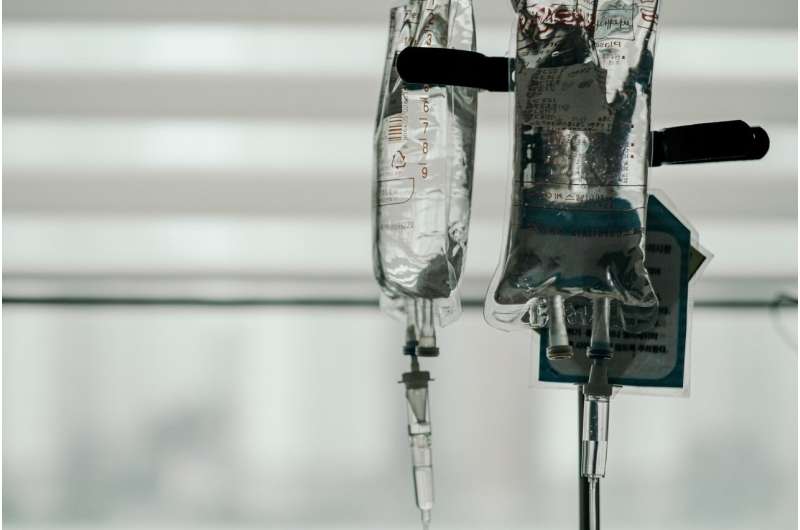Nanoplastics: The Ubiquitous Invisible Pollutants Inside and Around Us

Every year, over 400 million metric tons of plastics are produced worldwide, primarily derived from fossil fuels. Unfortunately, only about 9% of this plastic waste is recycled, with the remaining 91% ending up in landfills, oceans, and other environments. A significant concern is the degradation of plastics into microplastics (less than 5 mm) and nanoplastics (less than 1 micrometer), which are now pervasive in our surroundings.
Microplastics originate from larger plastic debris that breaks down under sunlight, wind, or water action. As they continue to fragment, they form nanoplastics, which are incredibly tiny, possessing large surface areas, and are highly reactive. Their diminutive size makes detection and analysis challenging, but research indicates that over 1,500 species, including humans, have ingested these particles. They have been discovered in oceans, rivers, snow in the Alps, Antarctic ice, foods, bottled water, and tap water.
In recent studies, bottled water was found to contain between 110,000 and 370,000 nanoplastic particles per liter, with most being nanoplastics. The sophisticated technique of Raman scattering microscopy has enabled scientists to identify the chemical composition of these particles, which often include plastics like polyethylene terephthalate (used in bottles) and polyamide. Most nanoplastics in bottled water originate from the bottle material and filters used during purification.
Similarly, tap water also contains nanoplastics since standard water treatment processes cannot entirely eliminate these particles. Reverse osmosis, a common purification method, can reduce microplastics significantly but not completely remove nanoplastics, especially as membranes degrade over time. Additionally, the aging pipes and fittings in water distribution systems contribute to nanoplastic contamination.
Sources of nanoplastics include tire wear from cars, which emit particles into the environment, and laundry wastewater containing hundreds of thousands of microfibers that eventually reach aquatic systems. These microfibers and nanoplastics settle into sediments, soil, and even enter the food chain through consumption of seafood, salt, or plant-based foods grown in contaminated soil.
Humans are mainly exposed to nanoplastics through ingestion, inhalation, and skin contact. Tiny particles in seafood, salt, and certain foods transfer nanoplastics up the food chain to humans. Airborne nanoplastics from tire particles and industrial emissions can be inhaled. Skin contact occurs via shower water and personal care products containing nanoplastics. Medical procedures, such as IV injections and the use of plastic medical devices, might also be significant exposure pathways, especially considering the widespread use of single-use plastics in healthcare.
The health implications of nanoplastics are still being researched. Initial studies suggest they can disrupt the microbiome, penetrate tissues and organs, and potentially cause inflammation, autoimmune responses, and even neurological damage. Nanoplastics have been found to cross the blood-brain barrier, accumulate in the brain, and correlate with neurodegenerative conditions like dementia. They are also detected in placentas, testes, semen, and breast milk, raising concerns about impacts on fetal and reproductive health.
Furthermore, nanoplastics can act as carriers for toxic chemicals such as PCBs, dioxins, BPA, and phthalates, which are linked to cancer, endocrine disruption, and cardiovascular diseases. The interactions of nanoplastics with human cells often induce inflammation and other cellular disruptions, but detailed mechanisms are yet to be fully understood.
Efforts are underway to develop advanced methods for removing nanoplastics from water, including improved filtration technologies, electrochemical methods, and biodegradable materials designed to bind these particles. Simple yet effective measures, like boiling water, can cause nanoplastics to aggregate into larger particles, potentially reducing their toxicity.
Reducing exposure involves avoiding single-use plastics, processed foods, and personal care products containing microbeads or synthetic fibers. Instead, using glass containers, filtering or boiling water, and choosing natural fiber clothing are recommended. Awareness of nanoplastics in medical treatments and procedures is also crucial, especially for vulnerable populations.
As research progresses, a collaborative approach involving regulation, innovative material science, and global awareness is essential to mitigate the risks associated with nanoplastic pollution and protect human health and the environment.
Stay Updated with Mia's Feed
Get the latest health & wellness insights delivered straight to your inbox.
Related Articles
Innovative Flomark IV Bags Enhance Precision in Managing Hospital Patient Fluid Balance
Discover how the Flomark device is revolutionizing inpatient fluid management with precise, easy-to-read flow monitoring, improving safety and outcomes in hospitals.
Innovative Long-Acting HIV Prevention Shot Nearing Regulatory Approval
A new long-acting HIV prevention injection, lenacapavir, is nearing FDA approval. It promises to improve adherence with biannual dosing and could significantly impact HIV prevention efforts in the US and globally.
Newer Antiseizure Medications During Pregnancy May Pose Less Risk Than Older Drugs
Recent research indicates that certain newer antiseizure medications may pose fewer risks of birth defects during pregnancy compared to older drugs, guiding safer treatment choices for expectant mothers.
Prevalence of Aspirin Use Among Older Adults Without Heart Disease Raises Concerns
A significant number of older adults are taking aspirin for cardiovascular prevention without medical advice, raising safety concerns amidst updated guidelines. Learn more about the risks and misconceptions.



